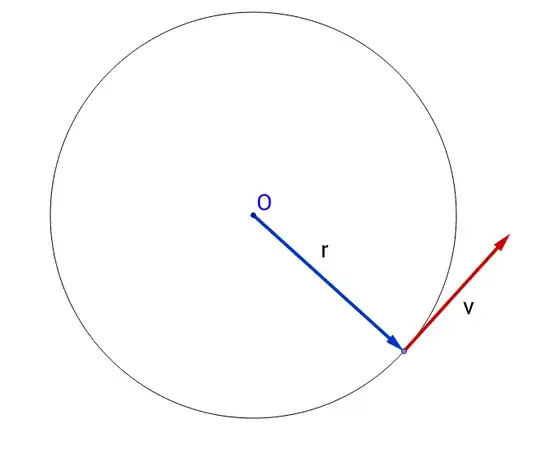Imagine you are going in a circle of radius $r$ starting at three o'clock and heading towards two o'clock. If it takes you time $T$ then your speed is $v=2\pi r/T.$
Now if you look at your velocity it starts out going upwards then ends up going left, then down, then up again. Its like your velocity vector is on a circle of "radius" $v$ but starting at 12 o'clock (corresponding to velocity point straight up) and it also makes a full circle in time $T$ because the velocity isn't pointing straight up again until the position is at 3 o'clock again.
So we can compute the acceleration the same way we computed speed $a=2\pi v/T.$
So we have two equations and they have a $T$ we didn't want in our final answer, so solve the first equation, $v=2\pi r/T,$ for $T$ to get $T=2\pi r/v.$ Then plug that into the second equation $a=2\pi v/T$ to get $a=2\pi v/(2\pi r/v)=v^2/r.$
The first equation, $v=2\pi r/T,$ seems very intuitive and the second equation is the exact same thing happening for the exact same reason just not something we intuitively do.
It's good to be able to apply the same techniques and physical insights to problems that are functionally equivalent but less obvious, so it's a good skill to be able to do this.
If you study vector calculus you could right the equation of the particle and take the derivative a couple of times and then find the magnitude, and there isn't anything wrong with that. But you should still be able to recognize that $a=2\pi v/T$ as the rate that velocity changes.
Thinking of velocity space as a real space mean you can think of initial conditions as specifying a point in a 6d space (3 dimensions for initial positions and three for velocity) and that dynamics then moves that point around in 6d space in particular ways.
